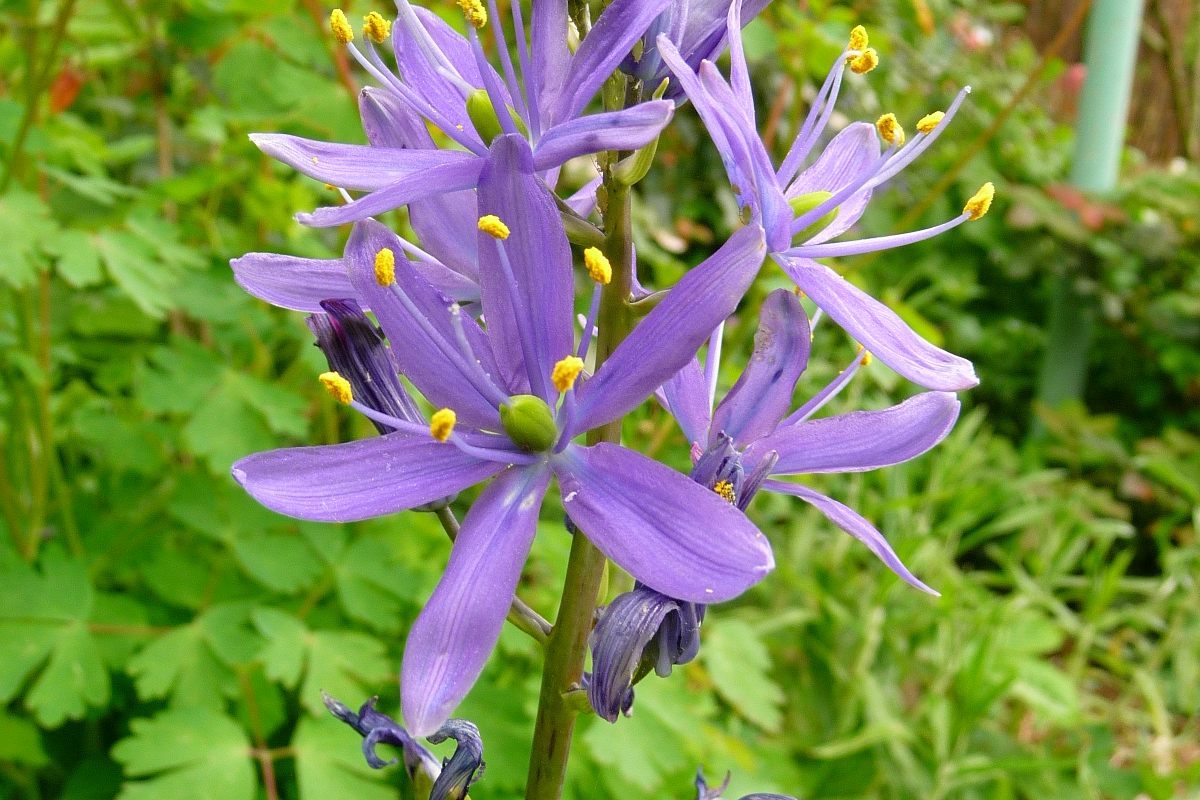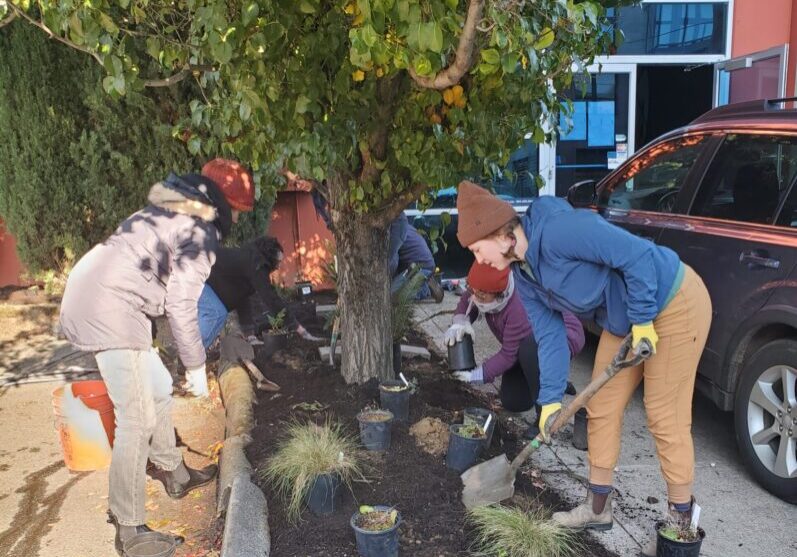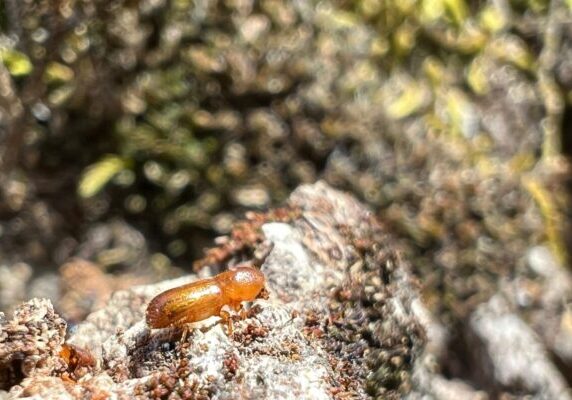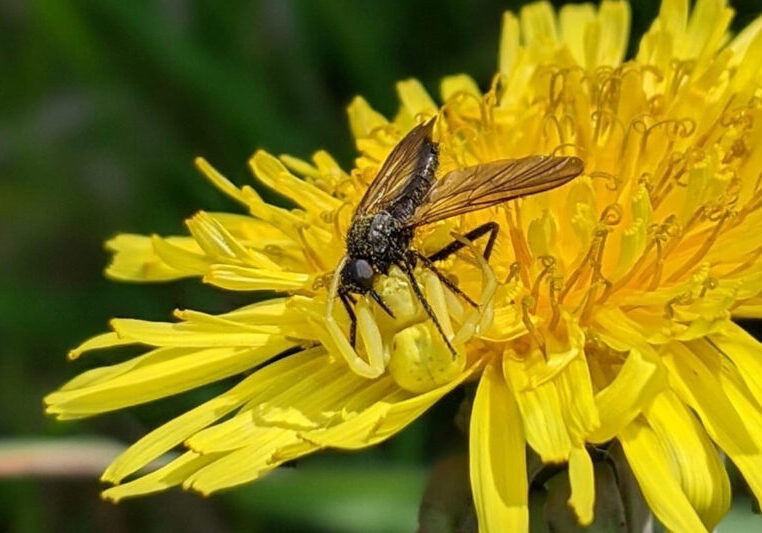A native plant is indigenous to a specific location. This includes trees, flowers, grasses and other plants that are naturally found (or have existed for many years) in the area.
Incorporating native plants throughout your landscape benefits local wildlife and fosters biodiversity. Not only are native plants preferred by native birds, bees and other wildlife, they are adapted to local soil and climate conditions. That means they require less water and polluting “inputs” such as fertilizers and other industrial chemicals. Native plants installed around farm crops attract and support native pollinators.
There is a wealth of information available about how to incorporate native plants into your landscape, whether it’s on your farm or in your forest, along your stream or in your garden. It is important to put the “right plant in the right place.” Consider climate and soil conditions in your yard and find options that will attract pollinators and other wildlife.
Resources
- Pollinator Plants and Bloom Periods
- Native Plants for Willamette Valley Yards
- Native Plant Database
- Local Sources of Native Plants
- Portland Plant List
- Native Seed Network
Create a Naturescape
If you’re interested in creating a habitat-friendly yard and garden, contact the Backyard Habitat Certification Program. They can provide guidance on how to create a native garden.
Meadowscaping is growing in popularity as a climate-wise and water-saving landscape option. Replacing lawns with native bunch grasses and wildflowers can help attract native wildlife. Our Meadowscaping Handbook has a complete set of steps page on how to create a meadow.
If you have a larger property with native white oak habitat, or you want to develop it on your land, we recommend Conserving Oregon White Oak in Urban and Suburban Landscapes.



